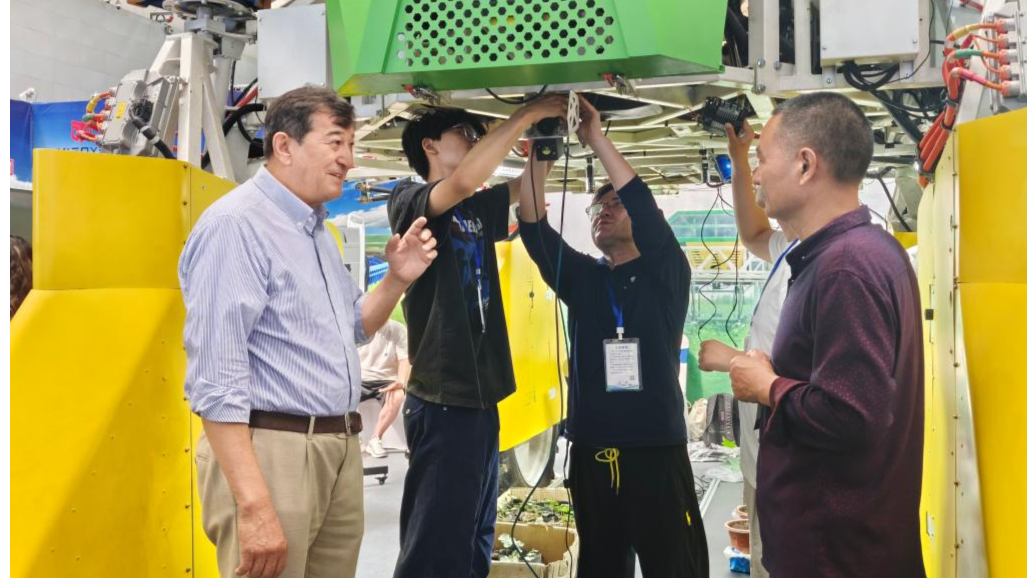
With mechanization rates for key staple crops reaching near-saturation levels, China's agricultural machinery market is undergoing a key shift, moving from volume-driven growth to a new phase marked by the replacement of existing fleets with more sophisticated technology, senior executives said.
According to figures from global agricultural machinery and construction equipment manufacturer Case New Holland (CNH), the mechanization rate in China for corn has hit 90.6 percent, while wheat comes in at 97.6 percent. The rates for rice and soybeans stand at 86.9 percent and 87.9 percent, respectively.
The mature state of mechanization for China's major crops, according to industry insiders, provides a strong foundation for the agricultural machinery industry to move beyond simply expanding mechanization and instead focus on enhancing the quality and capabilities of its equipment.
"It is a stage of quantitative change to qualitative change, a process of replacing the old with high-end, large-scale, high-efficiency and intelligent equipment," said Li Kang, manager for CNH China and Mongolia. "For agricultural machinery manufacturers, this means substantial market opportunity."
Taking the tractor market as an example, while overall sales have declined year-to-date compared to last year, the segment above 200 horsepower has seen growth. The same holds true for combine harvesters, where models with feeding capacities exceeding 10 kilograms per second have also achieved growth over the previous year, Li said.
"We have tractors over 200 horsepower and combine harvesters with feeding capacities over 10 kg per second — these are product lines where we hold a competitive advantage," Li added.
Going forward, Li said that the company will continue to deepen its focus in these areas of expertise and introduce designs that are better tailored to the needs and development of Chinese agriculture.
In April last year, the Ministry of Agriculture and Rural Affairs and the Ministry of Finance issued a guideline, making it clear to direct greater subsidy support toward high-end products, including intelligent tractors, smart combine harvesters, high-performance planters and intelligent navigation terminals.
Concurrently, the policy mandates a gradual reduction and eventual elimination of subsidies for traditional agricultural machinery deemed high in energy consumption, low in efficiency and technologically obsolete.
Luca Mainardi, president of CNH Asia-Pacific, said that considering the recent policy changes in China's agricultural machinery subsidies, the government's clear preference for supporting high-efficiency, large-scale equipment has had a positive impact on the company.
A survey conducted by the China Agricultural Machinery Distribution Association showed in 2024 that the value of agricultural machinery that is updated and replaced nationwide each year is estimated to be around 300 billion yuan ($42.14 billion).
China has expanded the scope of subsidies for replacing old and worn-out agricultural machinery and raised subsidy levels this year, according to an announcement by the Ministry of Agriculture and Rural Affairs in February.
"Considering the current complex situation with tariffs and so on, as well as China's advantages in supply chains, we believe we should keep increasing our level of localization," said Mainardi.
"This not only meets domestic product demand and enhances our competitiveness in China, but also leverages the advantages of China's supply chain to allow CNH products made in China to be exported," Mainardi added.


